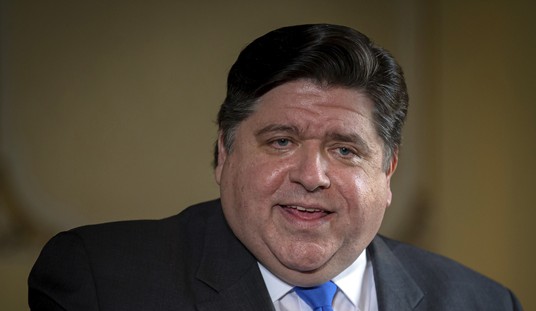A speedy move by the Fed prevented what was looking a widespread stampede to the exits Tuesday following steep overnight sell-offs in the overseas markets . This means that the portion of the business press, which has been possessed by predictions of a recession and a market crash for at least the past two years, will have to wait a bit longer before celebrating how right they have been.
It’s clear that preparations to party hearty on bad news were in the works earlier in the day. A 7:44 a.m. Reuters report seemed to be icing the champagne for the late afternoon as it reported on Dow and S&P futures trading:
Some indications, such as the 531 point drop in futures on the Dow and 67 point drop in the S&P 500 futures as of 7:30 a.m. (1230 GMT), suggest the day ahead may rank among the biggest declines in Wall Street history.
Reuters then “helpfully” listed the five biggest percentage losses and five biggest point losses ever in the three major US markets.
Darn that Fed.
At about 8:30, as Armageddon appeared to loom, Ben Bernanke & Co. lowered two key interest rates by 0.75%.
The markets still closed down, but not badly. The Dow and S&P 500 slipped just a bit over 1% (128 and 15 points, respectively), while the generally more volatile NASDAQ fell about 2% (48 points).
Not that Tuesday’s finish mellowed out the press naysayers:
- USA Today’s second sidebar at its article covering the Fed rate cut is called “Trying to Save the Economy.”
- The Associated Press, in an unbylined article, said that “a recovery might take months or years.”
- The AP’s also-unbylined coverage of developments relating to an economic stimulus package proposed by President Bush was entitled “US Moves to Avert Economic Meltdown.”
It is often said that economists are born pessimists. One of them is fond of saying that “macroeconomists have successfully predicted nine of the last five recessions.”
America’s business press is going the dismal science one better: In the past three years, it has reported, as if already happening, at least three of the past (crossing fingers) zero recessions.
Perhaps the serious slowdown in homebuilding and the problems in the subprime lending industry will spread to the rest of the economy; you can hardly be blamed if you think they have, but in reality the jury is still out on that. Perhaps a recession will really arrive this time.
But these stubborn facts stand in the way:
- According to the Institute for Supply Management (ISM), the manufacturing sector expanded in October and November, while contracting a bit, for the first time in nearly a year, in December.
- But manufacturing, at less than 15%, isn’t really a huge part of the economy any more. More importantly, ISM’s “non-manufacturing” report on the rest of the economy showed that it continued to expand quite nicely, even in December, with little deceleration during the quarter.
- Job growth has been less than stellar, but it’s still positive.
- With the previous three items I’ve noted staying mostly positive, it’s hard to see how economic growth, which came in at an annualized 3.8% and 4.9%, respectively, during the second and third quarter, will go into negative territory during the fourth quarter. I would not be surprised if fourth-quarter growth comes in at about 3%.
All of that said, it appears that a significant slowdown has ensued, and that policymakers in Washington should be acting to prevent it from accelerating into something worse.
Four necessary defensive steps should be taken almost immediately:
- Cut interest rates.
- Pass a short-term stimulus package.
- Give investors the certainty that taxes won’t go up steeply in 2010, a mere two years from now. This, while usually referred to as “making the Bush tax cuts permanent,” should really be framed as “making the tax system that we’ve been living with for the past five years permanent.” Investor certainly will lead to greater capital investment in longer-term projects and more robust long-term economic growth.
- Cut federal income taxes across the board. This should also be in the neighborhood of 10%, and should also be permanent.
Predictably, Washington is or is about to carry out the first two, the easiest of the four steps, while punting on the final two, which would have more long-term favorable impact.
Federal tax receipts have increased 44% during the past four fiscal years, and federal receipts as a percentage of GDP are at or above their historical trendline. Making the 2003 Bush tax system permanent, and following it with another permanent cut, would do what supply-side tax fiscal policies have always done: get the economy going again, generate ever-increasing tax collections for the next several years, and keep the business-reporting bears at bay.
Tom Blumer is a CPA based in Mason, Ohio, outside of Cincinnati. He presents personal finance-related workshops and speeches at companies, and runs BizzyBlog.com.









Join the conversation as a VIP Member